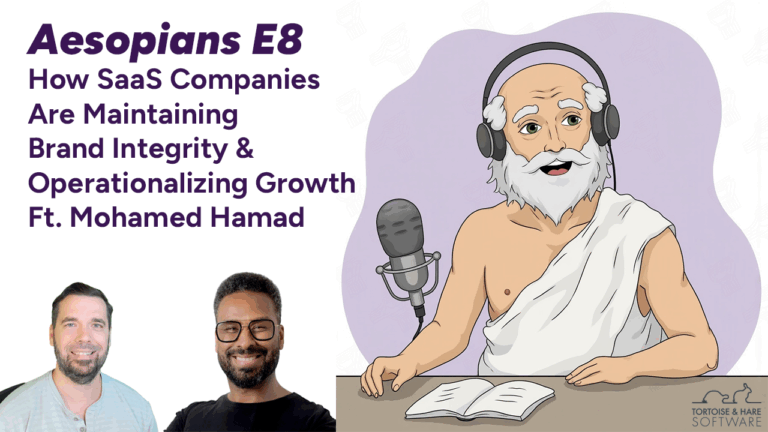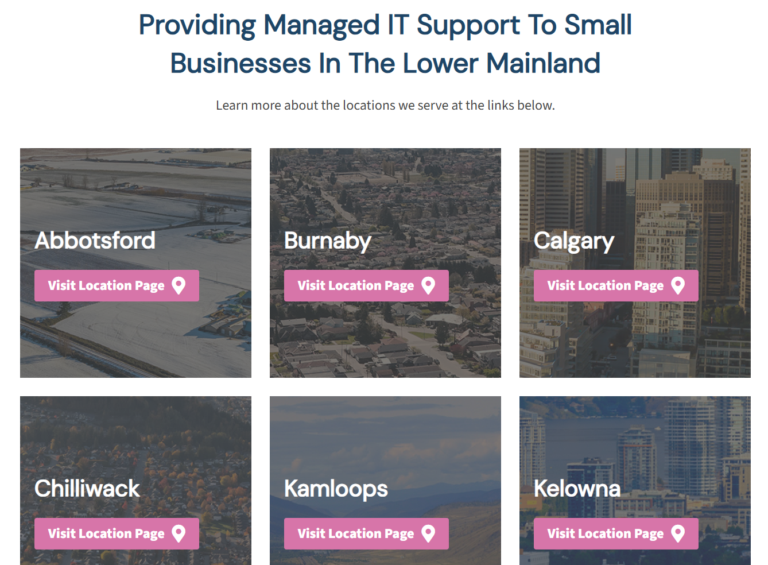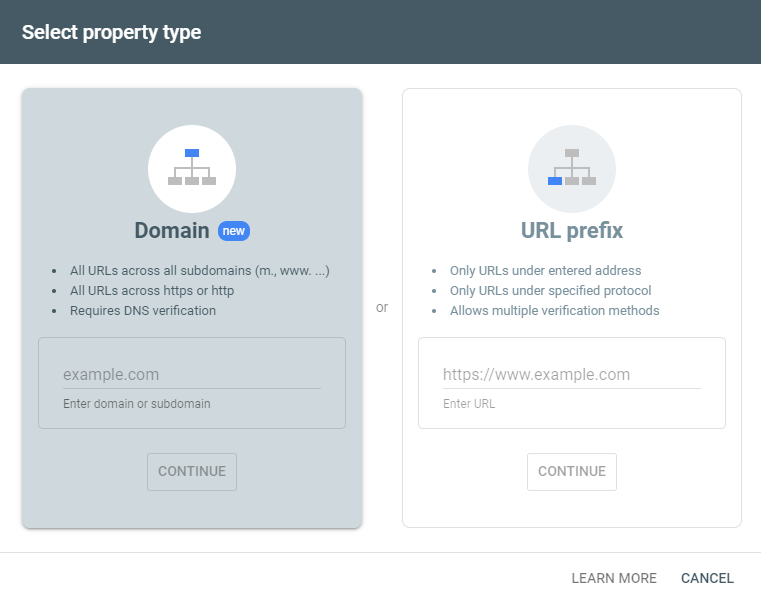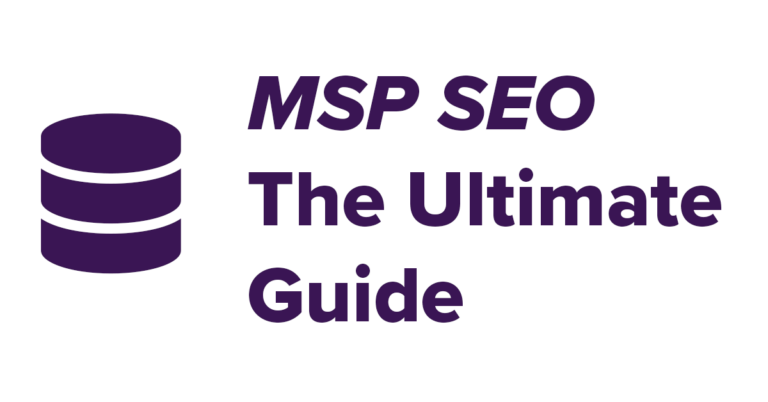Why You Shouldn’t Use Thank You Pages For Conversion Tracking
Last Updated: June 21, 2024
Tracking conversions is one of the most important things to do as you strive to achieve your marketing goals. In recent years, a growing number of companies are turning to their thank you pages to determine their conversions. While this tracking method is easy to execute, it’s actually one of the worst ways to gauge activity. Below are the top reasons why you should avoid using thank you pages to track conversions and the single best way to track them accurately.
What Are The Pitfalls Of Using Thank You Pages For Conversion Tracking?
One of the most common ways to track conversions is to create a “Thank You” page that automatically displays after a visitor submits a contact form. Then, when a visitor arrives at the thank you page, the visit is counted as a conversion. Many people rely on this means of tracking conversions because it’s easy and requires very little effort or skill.
While the simplicity of this method is hard to ignore, the reality is that it can produce misleading results. Even worse, you may end up overspending on campaigns that aren’t actually boosting your conversions. Here is a look at some of the top pitfalls of using thank you pages to track conversions:
Bots may click on your ads during the crawling process
According to a major bot click fraud detection firm, bot clicks on ads can account for up to 30% of ad impressions delivered. A common post click action after a bot clicks one of your ads is to perform a crawl of your website. If your thank you page is discoverable by the bot, then it can be a detrimental to your conversion tracking in a number of ways.
When a bot clicks on your ad and then subsequently crawls your website, it triggers your thank you page to be hit, thereby registering a conversion. These “conversions” are misleading because bots are not live users who have any intention of investing in your goods or services.
Unfortunately, there is no fast or easy way to detect bot click conversions. And detecting them is especially challenging for companies with a large volume of conversions. One of your only reliable options is to perform a manual audit and reconciliation of your conversion activity. This process can be costly and time-consuming, and can further erode your marketing resources. Moreover, you would need to plan to audit your conversion activity on a regular basis, as the tracking process is ongoing and does not occur in a vacuum.
You Will Likely Get A Lot Of Mis-Attributed Direct and Referral Conversions
One of the main reasons a thank you page is used is when an embedded form from a 3rd party domain is used. These require thank you pages because you can’t what’s happening on the 3rd party domain and therefore can’t detect onFormSubmit events in JavaScript. Ideally you’re channel data from where a session can be passed through, but more often than not this isn’t possible. Therefore you will start getting a lot of conversions that show as a direct visit or a referral visit from your 3rd party domain instead of the true channel, like organic search or PPC.
False positives are more prevalent
The false positives that are generated when bots click on your ads aren’t the only way a false positive can be registered. There are other common actions that can also produce false positives. For example, if your thank you pages can be accessed by people without first completing a contact form, then you will register a conversion every time someone lands on your thank you page during a random web search, if they have clicked on an ad in the past.
False positives may also be produced when any user hits the refresh button while on your thank you page. If this happens, you may end up with multiple conversions linked to the same visitor. Ultimately, you end up assuming that a page or campaign produced a higher number of conversions than it actually did.
Improper matching could skew results
Improper URL matching is another common occurrence that can produce inaccurate information. For instance, consider a match on the thank you in an existing URL. If someone then reads one of your blogs called, “How to Personalize Your Thank You Note After an Interview,” a conversion would be registered – even though the visitor had not completed a contact form or requested pricing. The result is another false positive.
Consider this URL as an example. The URL for this blog post is /blog/why-you-shouldnt-use-thank-you-pages-for-conversion-tracking/. If you were to setup your conversion tracking such that a page that contains thank-you in the URL was used a user could click on an ad, navigate over to the blog, read this post, and a conversion would be registered, even though they never converted! Instead it would be better to use an exact URL match for your thank you page (if you must use a thank you page).
Biased bidding is more likely to occur
Companies seeking to maximize their marketing efficiency are increasingly turning to automated bidding tools to drive the advertising process. While you will find yourself with more time when you say goodbye to manual bidding, you may also find yourself at greater risk for biased bidding towards false positive converters.
In the case of thank you pages, machine learning algorithms in PPC may begin to “bias bid” in favor of ads to bots or people who found your thank you page without actually converting. This is because the algorithms categorize the bots and other false positive converters as being more likely to “shadow convert”. In the end, they end up focusing their bidding on campaigns that produce false positive conversions, and not legitimate converters.
You could exhaust your ad budget with little ROI
Imagine the consequences of funneling resources into marketing campaigns that only appear to be fruitful. In reality, false positives and errors have painted an overly rosy picture of their true conversion rate. Unless you find a better solution to track conversions or take steps to prevent the pitfalls above, you could find yourself over budget without any increase in revenue.
You Can Miss Out On Valuable Conversion Data
You may miss out on valuable conversion data that can be included along with the conversion if you use a thank you page conversion rather than an event based conversion that is executed in code. Ecommerce transaction data, such as the monetary value of the transaction, currency type, may not be able to be captured. In the case of a SaaS subscription the estimated life time value can be passed along with the conversion. These values may be calculated values dependent on business logic and that can only be accurately captured at event execution time. This type of data can help feed certain types of bidding strategies such as Target Return On Ad Spend Bidding.
What If You Must Use Thank You Pages?
Despite pitfalls mentioned above, there are are cases where you either must use a thank page for conversion tracking such as in the case of using 3rd party tools, like meeting scheduling software, that redirect back to your site after scheduling is complete for confirmation. Your team may not have the skills in house to properly implement conversion tracking via event based code. In many cases, inexperienced teams aren’t aware that their methods are producing inaccurate results. But sometimes, they are reluctant to embrace change – even if the existing way of tracking conversions is causing you to waste valuable marketing dollars.
If you’re not able to convince your colleagues to move in another direction, then it’s critical to take some steps to try to defend against bots and false positives. Here are some specific measures you can take to improve the process:
- Step One: Mark your thank you pages as “No Index.” This helps ensure that visitors arrive at your thank you pages by actually filling out a contact form rather than simply stumbling across the page during a web search for thank you techniques.
- Step Two: Remove your thank you pages from sitemaps. There are a number of ways to do this, such as going to your plugin setting page and unmarking the checkboxes of the pages you want removed under the “Structure” tab.
- Step Three: Use Robots.txt to disallow crawling of your thank you pages: The purpose of Robots.txt is to instruct search engine spiders and other robot crawlers which pages and files can and cannot be requested from your site. In this case you would tell crawl robots not to crawl your thank you pages.
- Step Four: Use exact matching on URLs: It’s an absolute must that you avoid using a broad match such as a URL that simply contains the words, “Thank You.” Instead, strive for an exact match on all the characters in your URL from start to finish.
In addition to these four steps, it’s important to audit your conversion tracking process periodically. Problems can arise no matter what method you choose, but are especially likely to unfold if you decide to stick with your current methodology.
What Is The Single Best Way To Track Conversions?
As outlined above, there are many reasons why you shouldn’t use thank you pages for conversion tracking. The good news is that there is a simple, cost-effective way to track your conversions while minimizing false positives.
The best way to track conversions is to execute a conversion code when a form is submitted successfully. If you’re not sure how to do this, it’s best to reach out to a leading web development company with the expertise to set the wheels in motion for you. Switching to this method of conversion tracking requires little in the way of time or resources, while offering the following benefits:
- You dramatically decrease your rate of false positive conversions
- Your don’t have to worry about matching URLs
- Your ad bidding will prove to be more fruitful
- You will reduce wasted marketing dollars and resources
We invite you to contact us at Tortoise and Hare Software to discover how we can boost your conversion rate and accuracy with this solution. Our team of accomplished web developers and digital marketers has helped companies across America track their conversions quickly and accurately. We look forward to helping you win the race to your conversion goal finish line!



































Leave a Comment